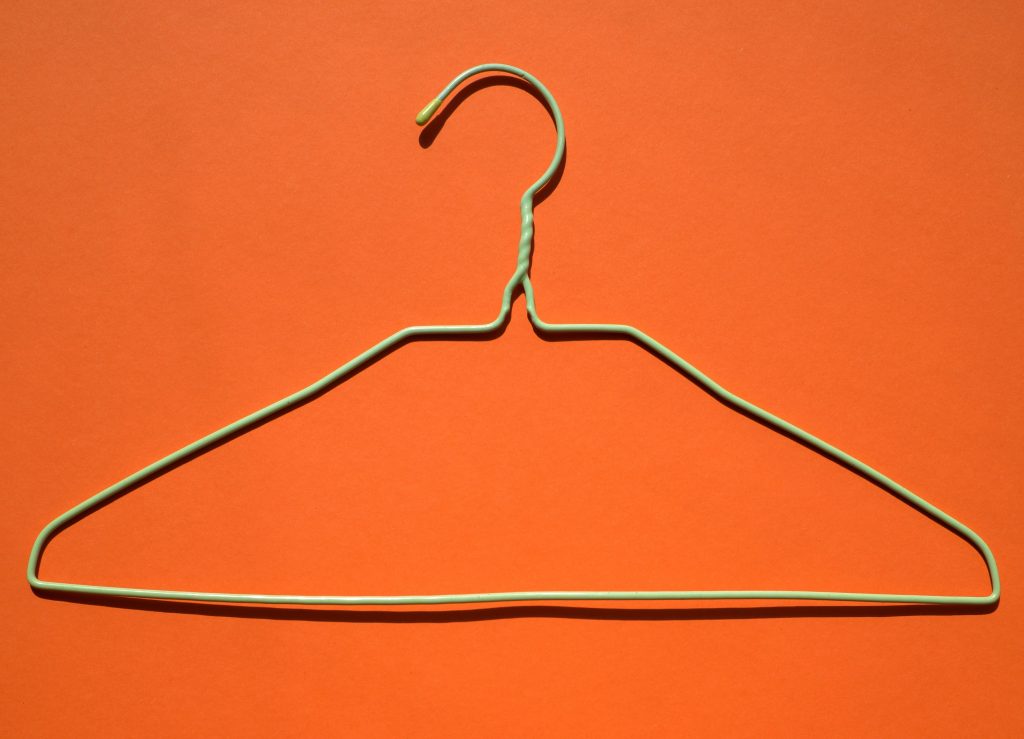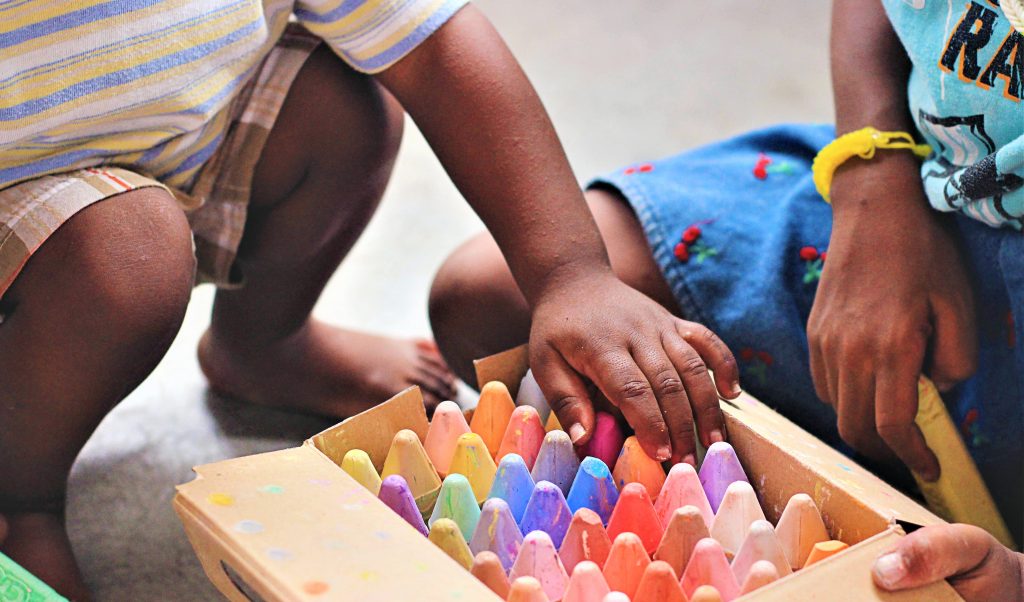
Figuring out the Fragrance Free Workplace
September means, for many, goodbye to sunny summer days and vacation, and back to the routines governed by work and school. As a parent I’m concerned about what kind of environment my kids spend the day in. That means things like safety, kindness and air quality are all things I appreciate about our school. We are fortunate that our kids go to a school with a fragrance-free policy which protects the quality of the air they breathe. This means that students, employees and visitors are asked not to use fragranced products while on school property and no fragranced products are used in the maintenance of the school.
Read this to learn what “fragrance” is, exactly. You’ll be glad you did.
You may have noticed, or will now notice, signs in places of business, notifying personnel that the location is a Fragrance-Free Zone. And although sales of fragranced products seems to be at an all-time high, these signs, increasing in frequency, are an indication of things to come.




